You would be forgiven for forgetting that you are stepping into a tunnel of fat as you enter ‘Making Beauty’, Elpida Hadzi-Vasileva’s exhibition at the Djanogly Gallery in Nottingham. Sheets of pig’s caul fat (the thin membrane that surrounds the animal’s stomach) hang from the ceiling, yet the artist’s site-specific installation Fragility (2015) is a far cry from a butcher’s shop. The artist has stretched the fat out, so that it drapes as delicately as lace or cobwebs. Remnants of blood and the intricate patterns produced organically by the pig’s blood vessels are reminders of the material’s fleshy origins, but its translucency also gives it an ethereal quality.

Installation view of Fragility (2015), Elpida Hadzi-Vasileva. Courtesy Elpida Hadzi-Vasileva and Djanogly Gallery. Photo: Nick Dunmur
This is the second time that Fragility has been staged: it was originally conceived for the visual arts organisation Fabrica, which is housed in a converted Regency church in Brighton. Though Hadzi-Vasileva has given it the same title, this second rendition is considerably different from the first, owing to the Djanogly’s smaller space and lower ceilings. She uses her sheets of fat here to create an archway that leads to the second installation in the exhibition, Haruspex (2015), which is also receiving its second staging, having been commissioned for the Vatican Pavilion at the 56th Biennale (2015). Its effect is similar to Fragility, though this time Hadzi-Vasileva’s sheets are hung like a tent, creating a subtly different mood. It is perhaps no coincidence that the installations share an aura of sacredness, given they were both conceived for spaces with religious associations. The Djangoly has no such sacred connections, but in using the sheets to shape the room into one that guides and protects you, this atmosphere is retained.
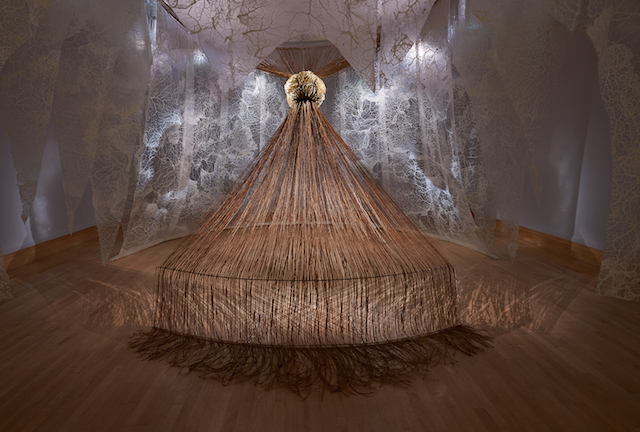
Installation view of Haruspex (2015), Elpida Hadzi-Vasileva. Courtesy Elpida Hadzi-Vasileva and Djanogly Gallery. Photo: Nick Dunmur
There is humour in her work too. With her Ladies Purse 1–4 (2011), Hadzi-Vasileva has fashioned a group of sheep’s testicles into the most feminine of accessories. Two of these have exaggeratedly fluffy wool, reminding me of soft toys for children. But while the artist has clearly enjoyed subverting these symbols of masculinity, revealing the beauty in substances we would normally feel squeamish about is the more significant and serious theme in her work. In Inquisition of Beauty (2016), she has inflated three pig stomachs like balloons, put lights in them and hung them up on metal bars as a hanging mobile. The thought of levitating pig stomachs hardly sounds appealing, but the way in which they float overhead and emit light makes them resemble celestial orbs.
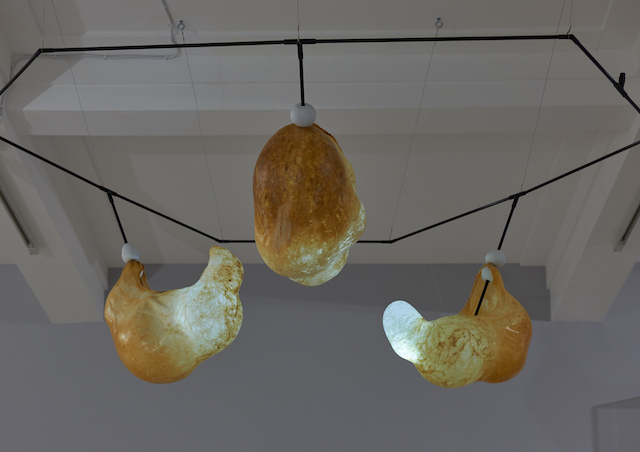
Inquisition of Beauty (2016), Elpida Hadzi-Vasileva. Courtesy Elpida Hadzi-Vasileva and Djanogly Gallery. Photo: Nick Dunmur
With the support of the Wellcome Trust, Hadzi-Vasileva has recently completed a year-long collaboration with medical researchers at the University of Nottingham, University College London and the University of East Anglia, leading to a new body of work. Among other things, the artist has used 3D-printing to create enlarged reproductions of microscopic scaffolds that are being developed to treat disorders of the digestive system. Though they may serve the function of bringing greater public attention to this specialist research, these pieces are less compelling than her trademark works.
Strict vegetarians will no doubt find ‘Making Beauty’ unsettling, but Hadzi-Vasileva is not using animal parts to shock her viewers. Her continued use of them over the last few years illustrates her enduring fascination in how things that initially disgust us can be transformed into beautiful objects. Hadzi-Vasileva really does succeed in ‘making beauty’, which is made all the sweeter by coming from somewhere we would never seek it.
‘Making Beauty: Elpida Hadzi-Vasileva’ is at the Djanogly Gallery, Lakeside Arts Nottingham, until 30 October.
Unlimited access from just $16 every 3 months
Subscribe to get unlimited and exclusive access to the top art stories, interviews and exhibition reviews.

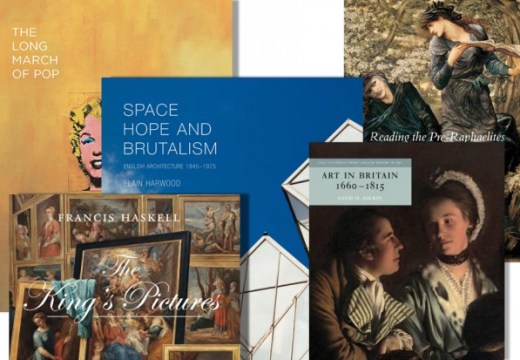
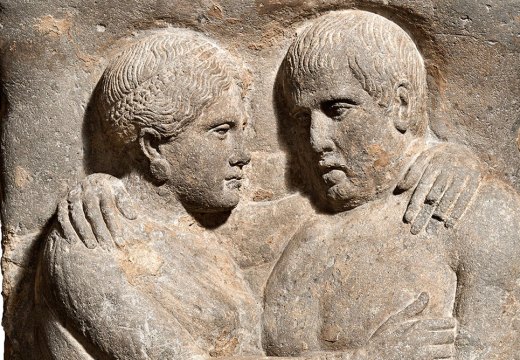
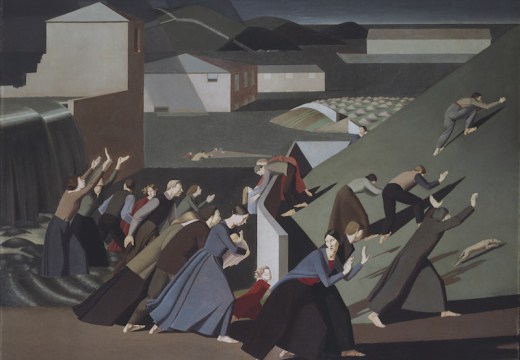









![Masterpiece [Re]discovery 2022. Photo: Ben Fisher Photography, courtesy of Masterpiece London](http://www.apollo-magazine.com/wp-content/uploads/2022/07/MPL2022_4263.jpg)
Has the Fitzwilliam got its rehang right?